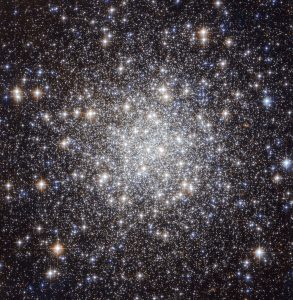Stelle CEMP
Nuova luce sulle prime stelle dell’Universo
Un team di astronomi dell’Università di Notre Dame ha individuato quella che potrebbe essere la seconda generazione di stelle, rivelando nuovi indizi sulla natura dei primi astri nati nell’Universo. Continua a leggere
